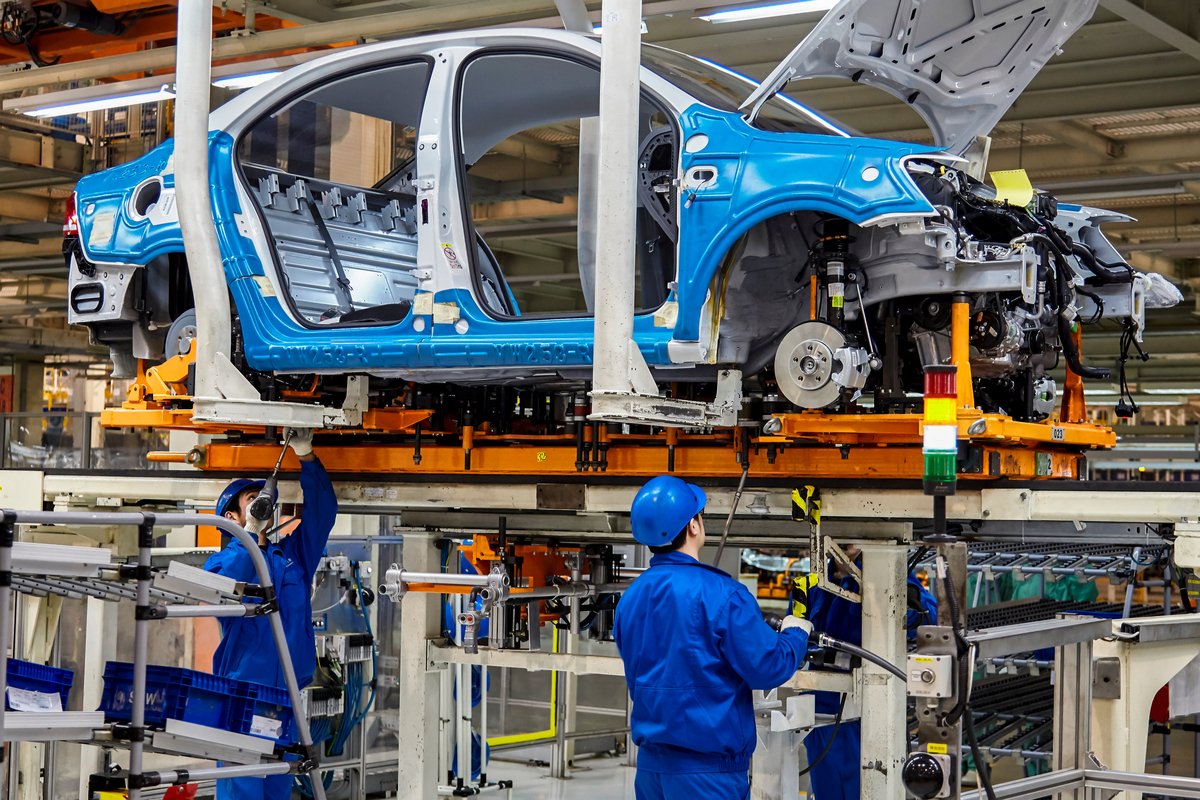RIO DE JANEIRO, BRAZIL – In addition to the automotive sector experiencing a sharp drop in sales since 2020 – when the coronavirus pandemic broke out in Brazil – automakers are now faced with a production issue: a shortage of components, a global crisis in the sector.
It is estimated that each car requires approximately 600 semiconductors, important for safety, consumption, performance, and multimedia system of vehicles.
With the high demand for electronics during the social isolation period, suppliers are now unable to fulfill all orders. Without the components, the delivery of new cars is delayed. In some cases, consumers have to wait up to 120 days to receive a brand new vehicle. Given these adversities, the used car market has been gaining space in the national scenario.

In the first quarter of 2021, 3.5 million units were sold, against 3.1 million in the same period in 2020, representing an increase of 14.89%, according to the National Federation of Automotive Vehicles (FENABRAVE). Another important point to take into account is the economic crisis, which compromised Brazilians’ income during the pandemic. In addition, the currency depreciation caused the prices of new vehicles to skyrocket. The Fiat Mobi, the best-selling car in Brazil in April, costs from R$45,000.
According to data from ANFAVEA, based on vehicle registrations, 527,900 vehicles were licensed in the first three months of 2021, against 558,100 in the same period last year, a drop of -5.4%. In April this year, 175,000 new cars were sold, against 189,000 in March.
With the component crisis, production is also low. According to ANFAVEA, dealerships have been facing problems with the supply of new cars since November. In April, the network operated with enough stock for only 13 days. The association also alerts to the possibility of occasional work interruptions in some plants. “A tight stock, but adequate considering the situation,” considers Luiz Carlos Moraes, president of ANFAVEA.
In other words, this is the situation and there is not much that can be done to reverse it. For the industry to resume, the only existing tool is mass vaccination, given that the economic and job recovery is also linked to the administration of doses.
ANFAVEA projects that inventory will only normalize in December, given that the production lines of semiconductor suppliers are not optimized overnight. “Brazil will be one of the last markets to resume this supply. I believe that the priority of companies will primarily be the electronics market. It is worth noting that the Asian, European and North American markets should also be supplied before Brazil,” observes Milad Kalume Neto, business development manager of Jato Dynamics automotive consultancy.
Historically, the domestic auto industry has managed to quickly overcome past crises; however, it remains to be seen if automakers will accomplish such a feat in the face of one of the largest and most complex crises in modern history.

